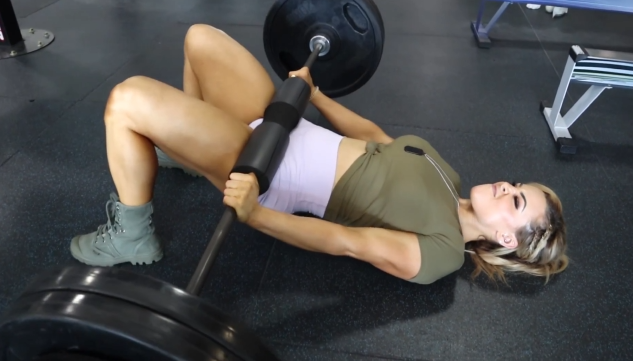
When you’re serious about training, what’s in your gym bag can make or break your workout. Having the right gear ensures that you stay prepared, comfortable, and injury-free. As I progress through the BUILD Program (currently in Week 2, Phase 1), I’ve found that my gym bag essentials not only support my performance but also aid my recovery, especially with the help of chiropractic care.
In this post, I’ll share a detailed look at what I carry in my gym bag, why each item is essential, and how chiropractic care plays a crucial role in keeping me on track with my training.
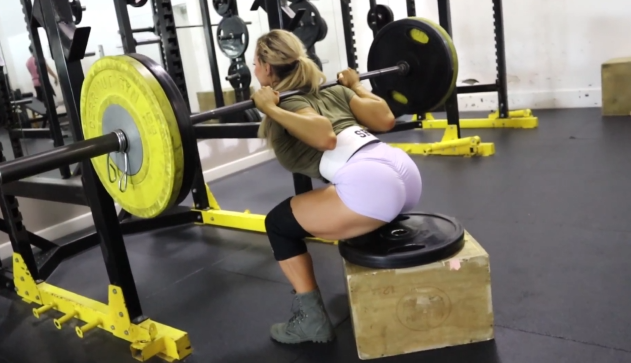
Gym Bag Essentials: The Must-Have Items
1. Weightlifting Belt
A solid weightlifting belt is a staple in my gym bag. It helps stabilize my core, protect my lower back, and provide extra support during heavy lifts like squats and deadlifts. While I don’t wear it for every set, I use it for my heaviest lifts to maintain proper form.
2. Wrist Wraps and Straps
These are lifesavers when it comes to pushing through tough workouts. Wrist wraps help stabilize my wrists during pressing movements, while lifting straps assist when my grip starts to fatigue before my muscles do.
3. Knee Sleeves
BUILD Program training includes heavy lower-body days, so knee sleeves are essential for keeping my joints warm and supported. They also add a slight compression effect, which helps with stability and blood flow.
4. Resistance Bands
Resistance bands serve multiple purposes in my workouts. I use them for warm-ups, mobility drills, and activation exercises. They’re also great for adding extra resistance to bodyweight exercises or stretching post-workout.
5. Foam Roller and Lacrosse Ball
Recovery is just as important as training, and these tools are my go-to for releasing muscle tightness. The foam roller helps with larger muscle groups like quads, hamstrings, and back, while the lacrosse ball targets smaller areas like the shoulders and feet.
6. Chalk and Liquid Grip
Grip strength can make or break a lift, especially during deadlifts or pull-ups. I keep both chalk and liquid grip in my bag for different situations—chalk for heavy barbell lifts and liquid grip for when I train in gyms that don’t allow regular chalk.
7. Pre-Workout and BCAAs
Supplements are a key part of my training routine. I keep a small container of pre-workout for days when I need an extra boost and BCAAs (branched-chain amino acids) to sip on throughout my session for muscle recovery and hydration.
8. Protein Shake and Snacks
Proper nutrition is crucial, and I always carry a protein shake and some quick snacks (like a banana or protein bar) to refuel post-workout.
9. Extra Clothes and Towel
Sweating through workouts is inevitable, so I keep a fresh T-shirt and a small towel to stay comfortable, especially if I have errands to run afterward.
10. Notebook or Training App
Tracking progress is key. While some prefer using apps, I like writing my workouts down in a small notebook. It helps me stay accountable and adjust my program as needed.
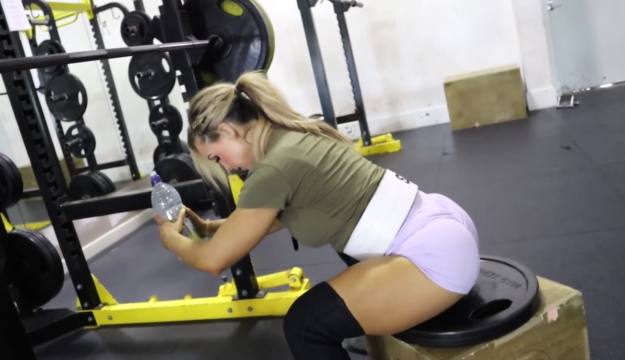
Chiropractic Care: A Key Component of My Recovery
Aside from my gym gear, one of the most important elements in my training is chiropractic care. As I progress through Week 2, Phase 1 of the BUILD Program, I’m lifting heavier and pushing my body to new limits, which means recovery is essential. Chiropractic adjustments help keep my body aligned, prevent injuries, and improve mobility.
How Chiropractic Care Helps My Training
- Spinal Alignment: Heavy lifting can sometimes cause misalignments in the spine, leading to discomfort or even injuries. Regular chiropractic adjustments ensure my spine stays in proper alignment, allowing for better posture and movement patterns.
- Improved Mobility and Flexibility: Since the BUILD Program includes both strength and mobility work, chiropractic care helps keep my joints mobile and free from restrictions.
- Injury Prevention: One of the biggest benefits of seeing a chiropractor is preventing injuries before they happen. Regular check-ins allow me to address minor issues before they become bigger problems.
- Pain Relief and Muscle Recovery: Chiropractic care aids in reducing muscle tension, relieving soreness, and promoting faster recovery after intense training sessions.
- Nervous System Optimization: The spine is closely connected to the nervous system. When everything is properly aligned, communication between the brain and muscles is more efficient, leading to better strength and coordination.
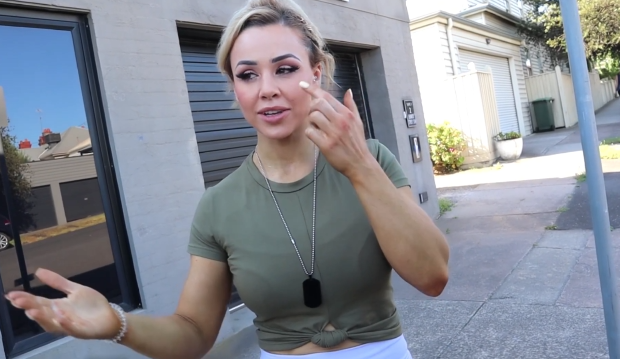
How I Incorporate Chiropractic Care into My Routine
I schedule chiropractic sessions about once every two weeks, but if I feel extra tightness or discomfort, I go more frequently. Here’s how I make it a regular part of my routine:
- Post-Leg Day Adjustments: After heavy squats or deadlifts, I sometimes feel tightness in my lower back. Getting an adjustment helps me reset and recover faster.
- Neck and Shoulder Relief: Since my workouts include pressing and pulling movements, tension often builds in my shoulders. My chiropractor helps release tight muscles and improve my range of motion.
- Pre-Workout Mobility Work: After an adjustment, I spend extra time on mobility drills and stretching to maximize the benefits of the treatment.
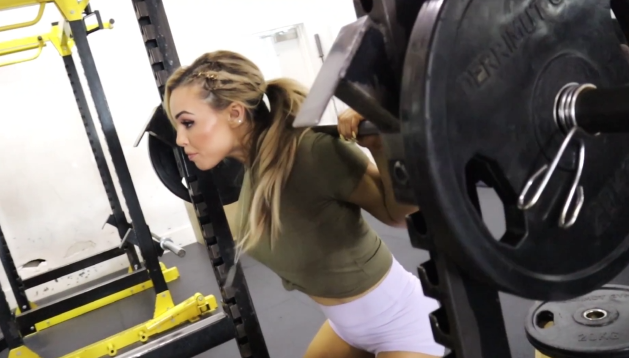
Final Thoughts
Training through a structured program like BUILD requires not just discipline in the gym but also a well-rounded approach to recovery. Having the right gym bag essentials ensures I’m always prepared, while chiropractic care plays a crucial role in keeping my body in peak condition.
If you’re serious about your training, I highly recommend investing in both high-quality gym gear and a solid recovery routine. What’s in your gym bag? And have you ever tried chiropractic care as part of your fitness journey? Drop a comment and let’s discuss!


